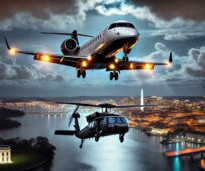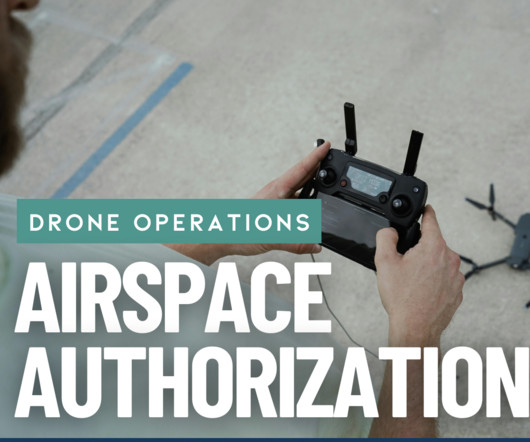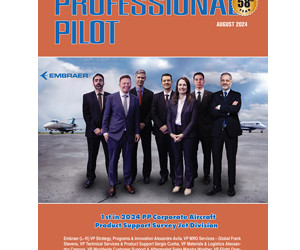Drone Lingo Simplified: Acronyms Every Pilot Needs To Know
Pilot Institute
MARCH 6, 2025
This is useful in helping drone pilots yield the right of way to manned aircraft whenever necessary. AGL Above Ground Level AGL is simply a way to tell the basis from which any given height or altitude is measured. AGL is important for drone pilots as the regular ceiling for drone flight is defined as 400 feet AGL.












Let's personalize your content